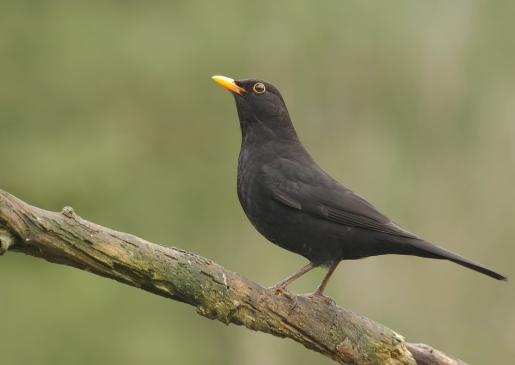Identification
The male is deep blue in colour with the tail and the back of the wing being darker. The female varies in colouration: from blue-grey to brown on top, with the underparts beige with mottled scale-like spots. Juveniles have no blue tint at all, and their underparts are more heavily spotted (than the female's). A young male, displaying the juvenile's feathers along with the adult's early blue feathers, is shown in the photo at the top.
Distribution - Habitat
In Europe it spreads only in its southern regions, mainly along the Mediterranean coast and some mountain ranges, and in Africa it is found in north-western, flat coastal parts. It also occurs up to the west coast of China, the Philippines and eastern Indonesia.
It occupies habitats of steep cliffs, gorges, rocky valleys and peaks, or hilly areas with rocky bedrock.
Interesting Information
- It feeds on invertebrates (mainly insects such as crickets, grasshoppers, butterfly caterpillars, beetles, snails, spiders, etc.) but also small vertebrates such as lizards, frogs and snakes. Also with fruit.
- It usually forages on the ground where it attacks from a somewhat higher point or even seeks its prey by hopping or running on it.


